From Trump’s bloody ear and dangerous migrations to injured children Gaza and the impending climate crisis, this year’s edition captures a turbulent zeitgeist
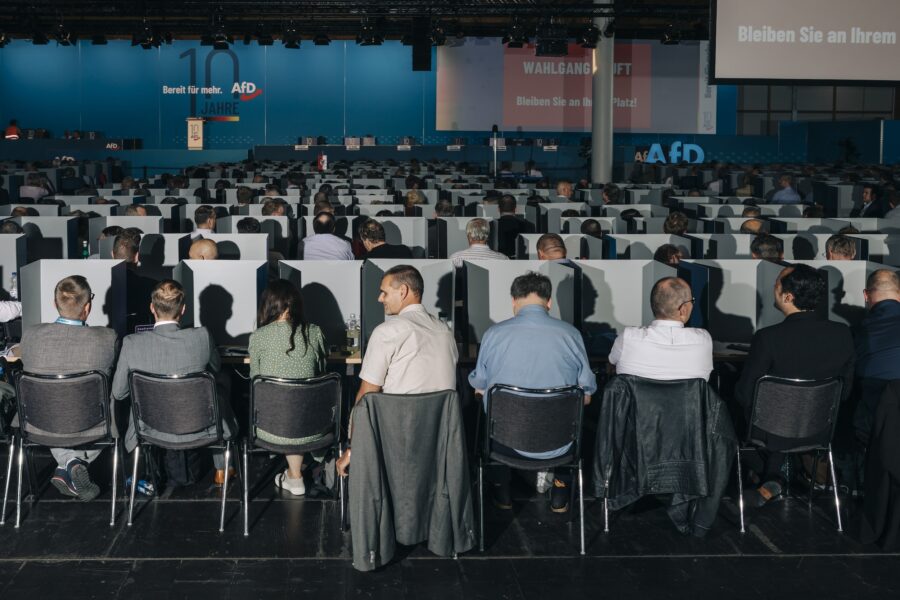

From Trump’s bloody ear and dangerous migrations to injured children Gaza and the impending climate crisis, this year’s edition captures a turbulent zeitgeist
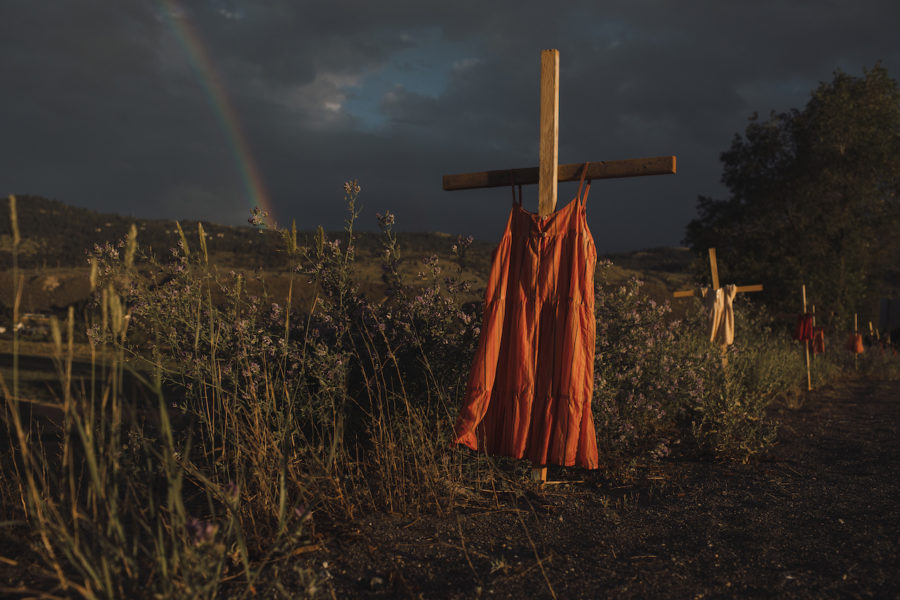
This year’s winning stories focus on forced migration, colonisation, and the subsequent loss of ancestral values
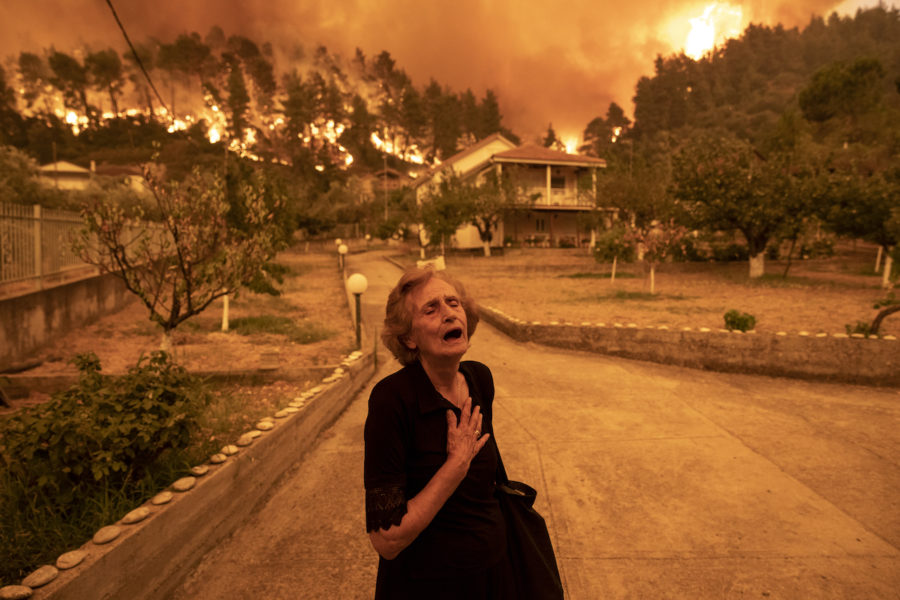
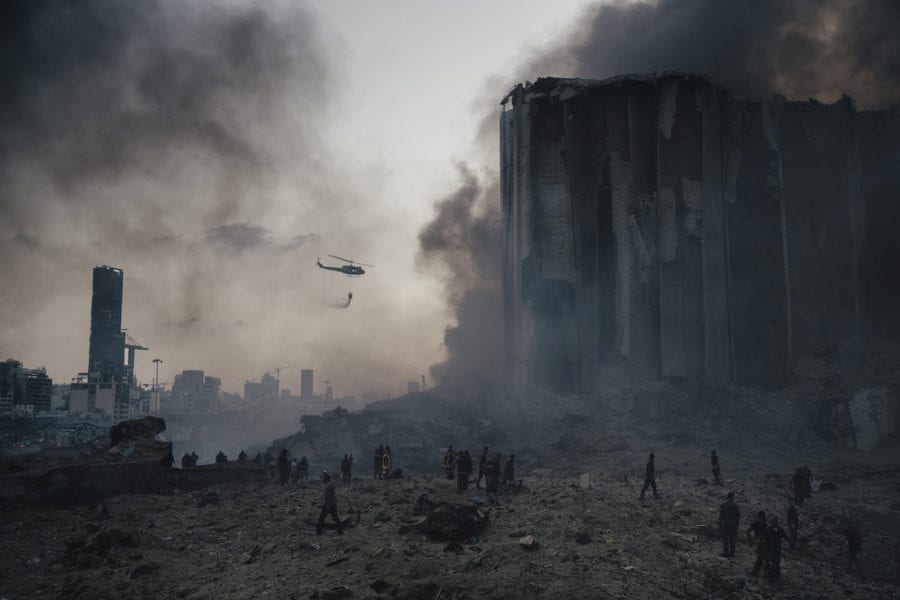
The World Press Photo Contest has announced the nominees for 2021. Here, we round up some of the most compelling stories

Chiba’s image of a young man reciting poetry in the wake of the brutal Khartoum massacre captures the hope and resilience of protesters in Sudan
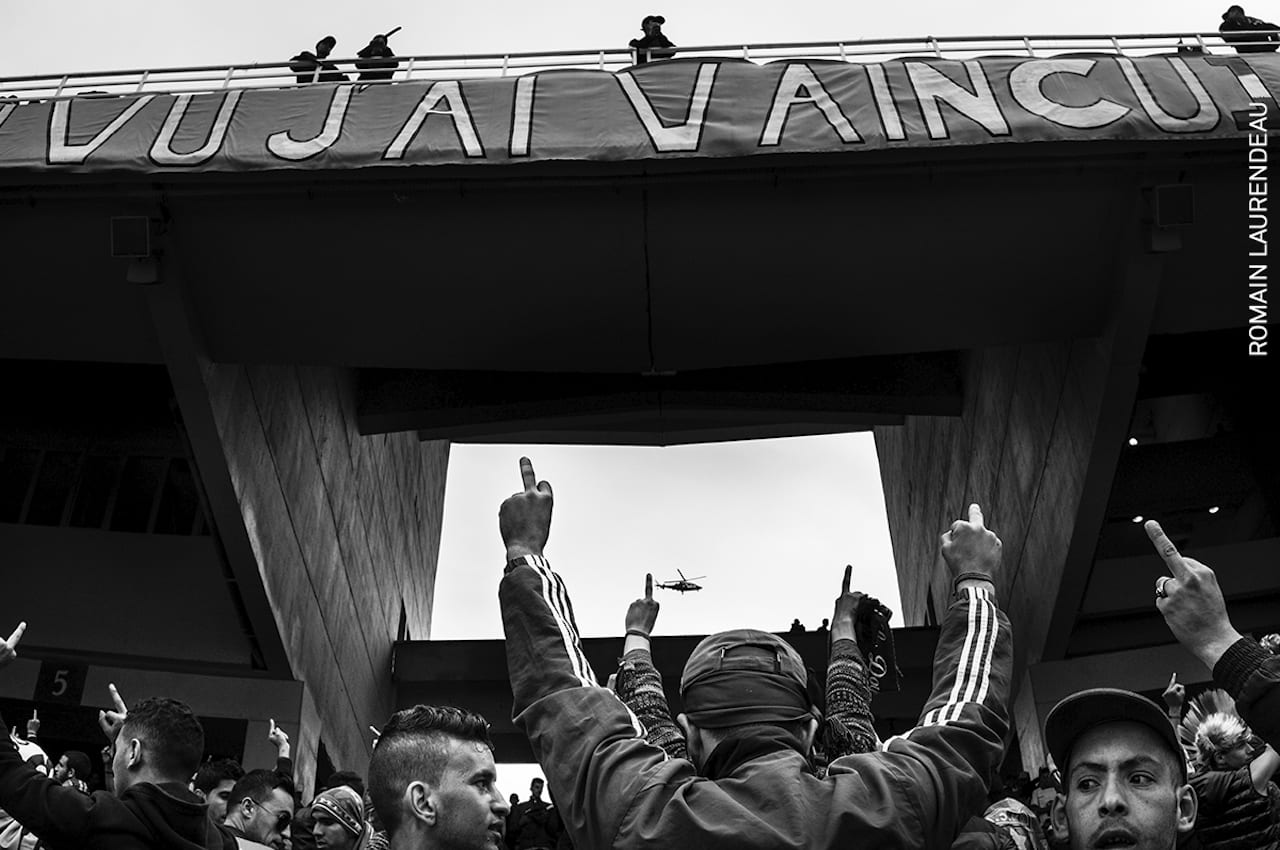
Youth uprisings, arctic exploration, and a record-breaking NBA buzzer-beater are among the subjects of this year’s winning photographs and stories
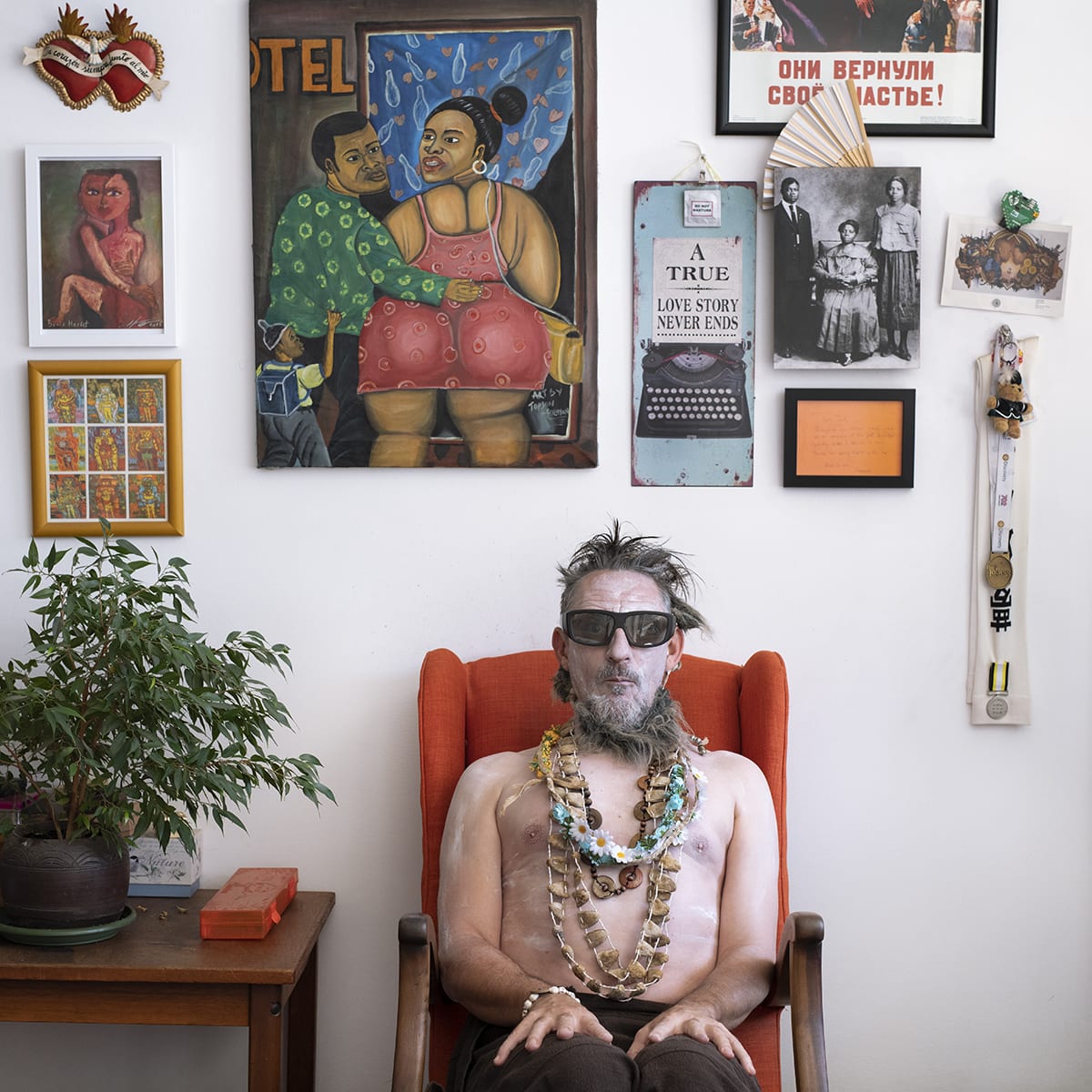
In the first of a new series focusing on work made in isolation, the South African photographer discusses her collaborative approach to portraiture

The nominees have been announced for this year’s World Press Photo Contest. Here, we highlight some of our favourites
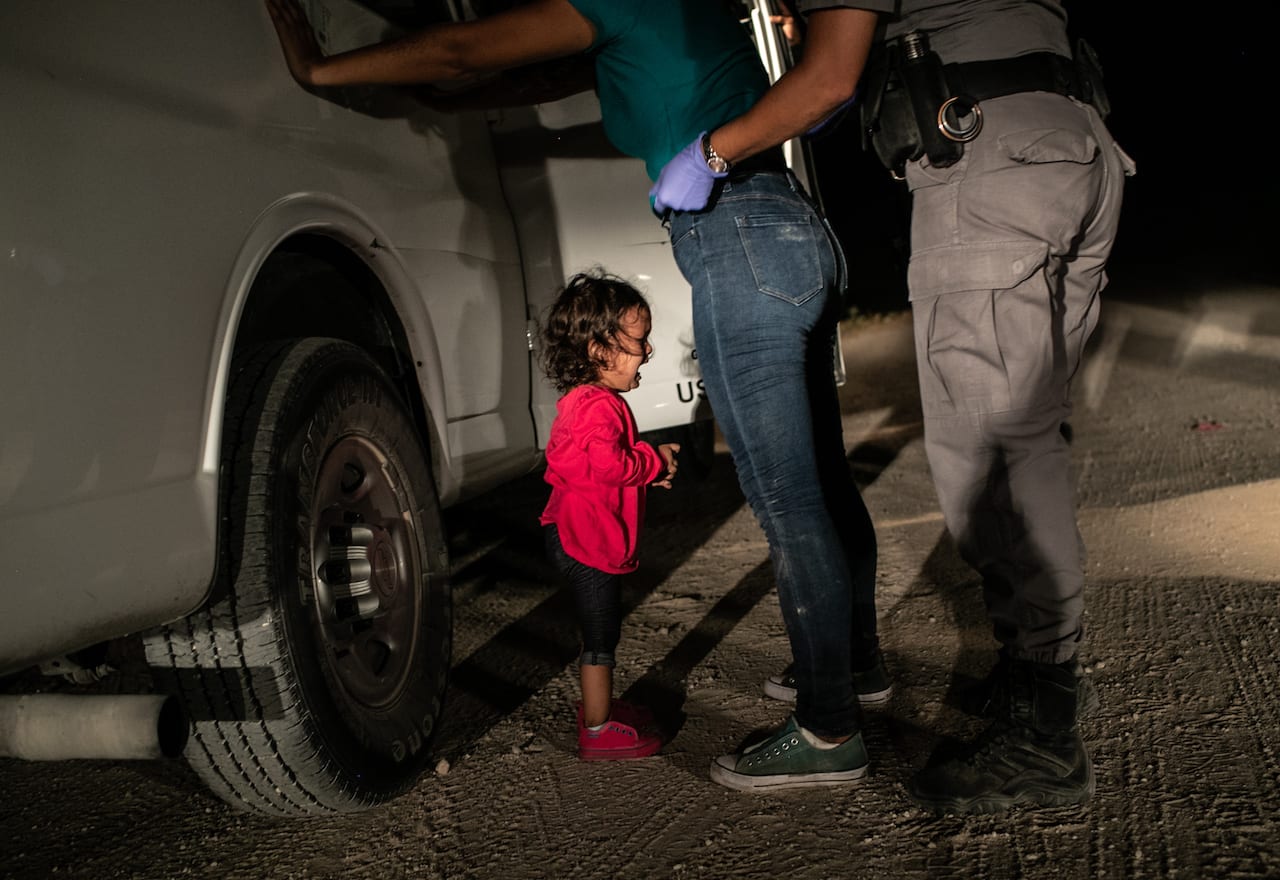
“Throughout my decade of coverage, the goal has always been to humanise this complex issue of immigration,” says John Moore, who’s nominated image from June 2018, Crying Girl on the Border, became a symbol of the families pulled apart by Trump’s “zero tolerance” immigration policy.
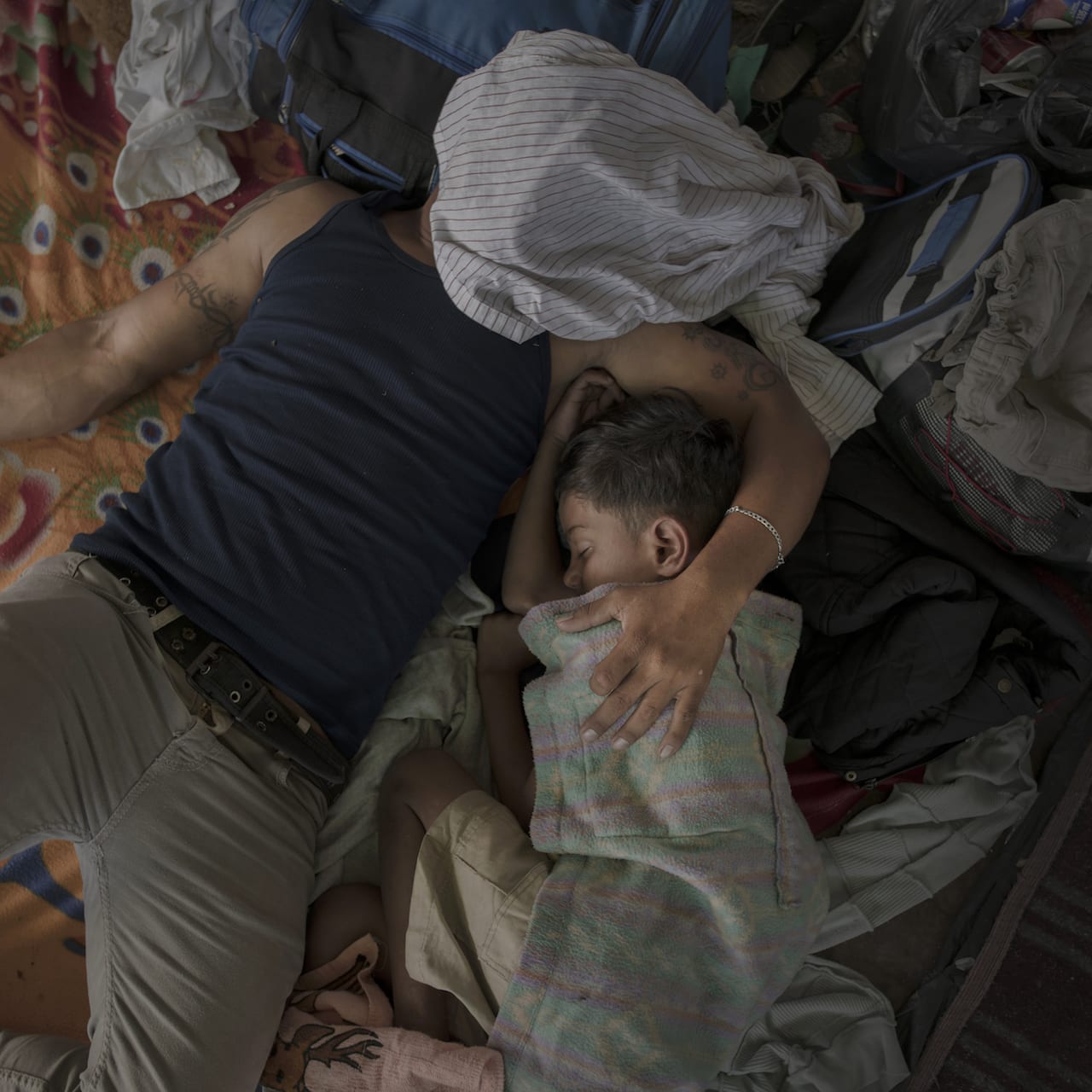
“I think that today, we need to be able to tell stories in differently, to be able to connect to as many viewers as we can,” says World Press Story of the Year-nominated Pieter Ten Hoopen. “We’re heading towards a new phase. Before, a single image could become iconic for a whole war, or a situation of despair. Now it’s different, and I think we need to be able to tell stories in a more sensitive way.”
Hoopen’s nominated photographs for World Press Story of the Year follow the movement of thousands of Central American migrants who joined a caravan heading to the United States border between October and November 2018. It is estimated that over 7,000 people – at least 2,300 of them children – joined the trek, making it the largest caravan of migrants in recent history, according to UN agencies.